If you click on a link and make a purchase we may receive a small commission. Read our editorial policy.
Sloane Leong returns to to the strikingly beautiful and surreal worlds of Prism Stalker with The Weeping Star
Returning to the world of Prism Stalker with Sloane Leong’s latest: The Weeping Star

Writer, illustrator, cooperative cofounder – Sloane Leong is a skilled creator whose works leave an indelible mark, whether on the page or in partnership with her peers in pursuit of a more sustainable comics industry. In recent years she has delivered a tender coming of age tale in A Map to the Sun with letterer Aditya Bidikar and an eerie, haunting horror tale in Graveneye with illustrator Anne Bowles, and she is now revisiting one of her most striking works in Prism Stalker: The Weeping Star with letterer Lucas Gattoni.
A direct sequel to 2018's original Prism Stalker series, The Weeping Star follows Prism Stalker protagonist Vep as she faces down the end of the military training she believes will provide her refugee family with a stable, safe, permanent home. The world of The Weeping Star is a psychedelic trek through a landscape as strikingly beautiful as it is surreal, rife with flora and fauna determined to push the forces Vep is fighting with, off of their world.

Popverse recently had the chance to chat with Sloane about returning to Elefstris, Vep’s magical girl influences, and the sacrifices achieving utopia can demand.
Popverse: The first volume of Prism Stalker was released in 2018, and at the time you mentioned already having several volumes of stories in mind for Vep. Is The Weeping Star fairly true to your initial vision for it, or did anything change over time before it landed with Dark Horse?
Sloane Leong: I would say the vision for it was always an exploration of this speculative idea of how you would function in a world where everything from the planet to flora and fauna have been assigned some level of personhood and how it seems the removal of autonomy is an innate requirement of creating a society on a galactic scale. I have a barebones outline I keep refining as I continue to draw but I need room for spontaneity and surprises as I work so not everything is set in stone. Since I’m mid-story, a lot of narrative threads require attention from me in a new way which is exciting. Instead of weaving them into more complicated patterns, I now have to decide how to tie them off or allow them to remain open, frayed.
ESPer99 (previously neotenomie)’s soundtrack for the first volume of Prism Stalker was a powerful and unique immersive experience for the first volume. Are there any songs or artists you turned to a lot as you were working on The Weeping Star?
I still can’t believe how beautifully Nomie captured the aural world of Prism Stalker, I feel so lucky they collaborated with me on volume 1. Other musical inspirations for Prism Stalker are Arca, The Mars Volta, Yves Tumor, and Sevdaliza. Visually I’m always returning to Yukito Kishiro, Tsutomu Nihei, and Philippe Druillet,

The ecology of Prism Stalker is stunning – when building the colors and general architecture of the places and peoples we see through Vep, were there any particular thematic inspirations you were leaning into or emotions you were looking to evoke?
I grew up in Hawaii so coral reef ecosystems were a huge inspiration for the environment in this world. Everything is alive in some way, responsive to each other, and even when you die, your corpse is incorporated into the architecture either as energy or as building material. Emotionally, the environment and story in general all aims to evoke a constant acknowledgement as land as a living multifaceted being equal and sometimes greater than us humans.
What’s your creative process like, from drafting to the final pages? Particularly working in a world like Vep’s, where the psychic and psionic elements and the fantastical ecosystems lend themselves to some surreal, unique sequences and page layouts? What was it like working with Lucas Gattoni on letters?
I work from an outline and script and draw simultaneously. I often alter dialogue to fit how I draw characters' expressions or how their body language came out on the page; how things look aren’t always what I intend but I try to be flexible and let those unique visual moments become part of the characters’ acting.
Working with Lucas was amazing! I ask a lot from my letterers on this project because I want it to blend seamlessly into my visual style. This requires a certain attention to texture, color, and shape that isn’t the norm for many comics. Lucas went above and beyond to find that visual harmony and designed some incredibly beautiful lettering and SFX for the comic.
In the first volume, Vep is driven from her homeworld of Inama with her tribe and family after what seems to be a bioweapon attack of some kind – do we learn more about the circumstances that brought the refugees of Inama under the purview of the Chorus, in The Weeping Star?
We do! The refugees were actually always under the purview of the Chorus but didn’t receive much attention besides ferrying them to Sveramad for safety. Spoilers here: you’re spot on! Vep learns through an Adopt-A-Planet ad that Inama was the victim of a Chorus bioweapon that was stolen and accidentally deployed by mercenaries. While the Chorus wasn’t a direct aggressor, the fact that they even had something so destructive shakes Vep’s perception of this authority that has asserted itself into her and her tribe’s lives.
 1 of 9
1 of 9Attribution
Sloane Leong (Dark Horse Comics)









Attribution
Sloane Leong (Dark Horse Comics)
The Chorus’ Academy and the scout corps Vep is recruited to join are a fascinating twist on the magical girl genre – I think it would be easy to point to the grimmer contract elements of Madoka Magica, but the crystal imagery immediately made me think of Sailor Moon R, the arc where the scouts’ goal becomes to save Usagi’s future self to protect a future Crystal Tokyo monarchy. What made you want to tell Vep’s story through, at least partially, a magical girl lens?

Yes, absolutely this is an homage there to Sailor Moon, Cardcaptor Sakura, Utena, and other magical girl stories! That subgenre was very formative to me and I always wanted to try my hand playing within the boundaries of this tradition. Fluid, transformative identities, cross-cultural fairytale hybrids, unique fashion, fantastical empowerment, balancing domestic life with higher stakes like protecting the world were all elements I wanted to explore through an indigenous lens. The crystals are also inspired by time crystals which consist of perpetually spinning atoms that repeat in time rather than in space.
In the early pages of The Weeping Star, you quote Octavia Butler’s Parable of the Sower – “There is no end to what a living world will demand of you.” That feels particularly apt for Eriatarka as the Chorus dispatches Vep and the other scouts to subdue the planet, but it was also interesting to think of the psionic abilities the Chorus has taught Vep in the context of Earthseed and shaping God as a form of mutual aid. Was that intentional?
Absolutely. I chose that epigraph because it can be interpreted literally in this fictional setting – the planet of Eriatarka is sentient–but also in the sense that communities cannot survive and thrive without mutual aid and mutual sacrifice. How do you exist peacefully in a community where there’s living beings who can only function by predating other living beings? Where biology cannot be circumvented? In Prism Stalker, I explore this with many alien cultures but the questions hold for us in real life with how we humans treat the animal beings and plant life around us. Like Butler, I don’t believe in utopia but I do believe we can get close through our own creativity, ingenuity, compromise and by refactoring our conception of progress.
When you talk about living beings functioning through predation, is it fair to also interpret that in the context of the Chorus’ fixation on 'productivity'? Elefstris has a bit of a company town energy, to understate it, for both the students and anyone else who lives there. Despite the collectivist veneer, I don’t imagine the Chorus is big on workers’ unions.
Yes, Elefstris and the universe at large could definitely be seen as the equivalent of a company town. Because of the Chorus, the communal galaxy is able to achieve something slightly more utopian in that everyone across species is provided for. But some species and planets definitely get the short end of the stick, especially if their sentience level is lower. I don’t know what the equivalent of a union would be in this setting because the power dynamic doesn’t have to do with capital, it has to do with preserving and distributing resources. Maybe it’d be more of a Wildlife Defenders situation or a nature conservancy.
But this is where my preference for a more dream logic-based or allegorical worldbuilding may bump up against the literal worldbuilding a reader might expect. I’m coming from an Omelas traditional rather than a Three-Body Problem tradition. Regardless of how you read it though, I hope those fundamental questions and themes come through!
The Chorus also reminded me a little of the Oankali of Lilith’s Brood, though they and the worlds of the books are very different – the Chorus has a much more inherently adversarial, 'improvement through assimilation' colonialist goal. That was clear in your storytelling in Prism Stalker, but how does Vep’s perspective and relationship to the Chorus and the Academy shift throughout The Weeping Star as she finds herself more deeply entangled with the Chorus?
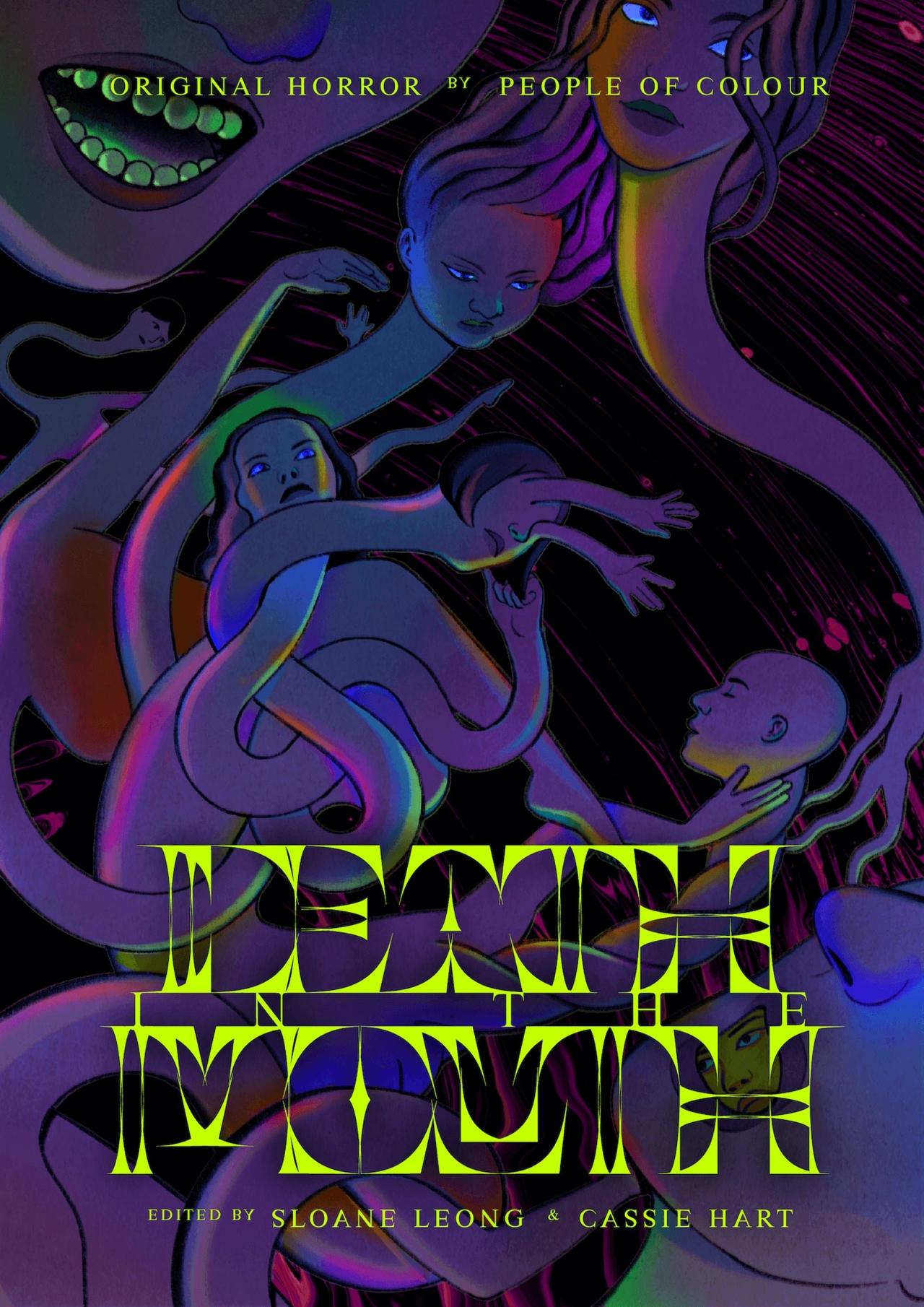
It definitely becomes more fraught. She resents how they use their power but there’s simply no easy answers in the position she’s in or the position this universal society is in. There is assimilation happening but it's to balance out resources on a galactic scale, as far as she knows at least. I wanted to build a governance that was as close to utopic as possible but even that requires acculturation, invasion and subjugation. It's an ugly question but if we’re to truly have harmony in a universal community, what is more important: preserving a variety of cultures that cultivate violent conflicts with others or promoting a universal monoculture that lowers the possibility of violence? There’s pros and cons to both answers and Vep is grappling with that in this volume. There is no utopia: only greater goods and lesser evils.
Earlier you mentioned being “mid-story” for The Weeping Star – is another volume what you’re currently working on, or do you have other projects on the horizon we can look forward to?
Yes, Prism Stalker was always intended to be a trilogy so I’ll be working on the final volume for the next few years. But I also have lots of new projects on the horizon as well! My next two comic projects are a collection of horror stories I’ll be drawing with a writer and a contemporary YA graphic novel I’ll be writing with an artist. I’m also crowdfunding and co-editing an illustrated BIPOC horror anthology which features tons of cartoonists called Death in the Mouth: Original Horror from the Margins Volume 2 next month which I’m stoked about!
Follow Popverse for upcoming event coverage and news
Find out how we conduct our review by reading our review policy
Let Popverse be your tour guide through the wilderness of pop culture
Sign in and let us help you find your new favorite thing.



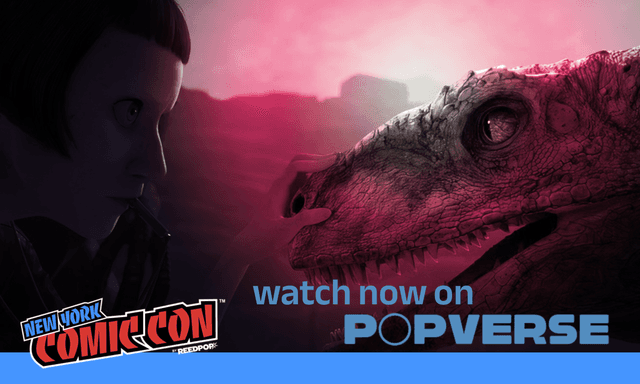


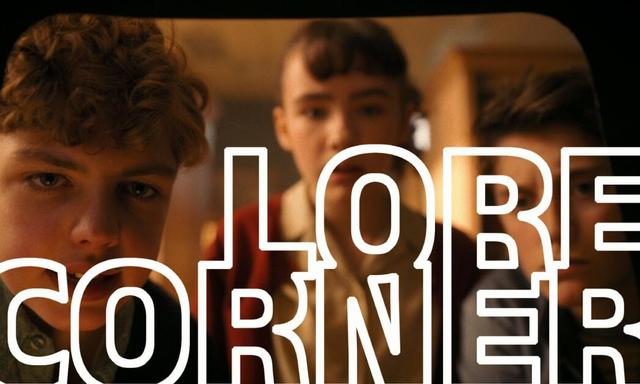
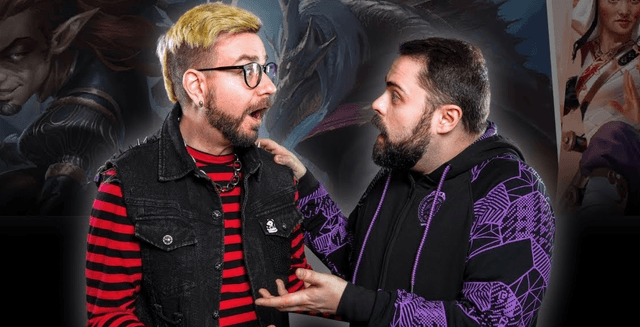
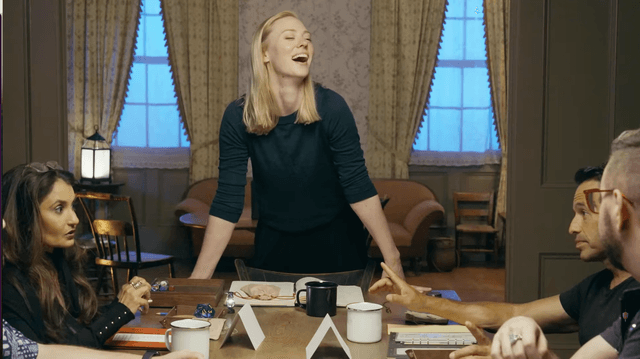







Comments
Want to join the discussion? Please activate your account first.
Visit Reedpop ID if you need to resend the confirmation email.